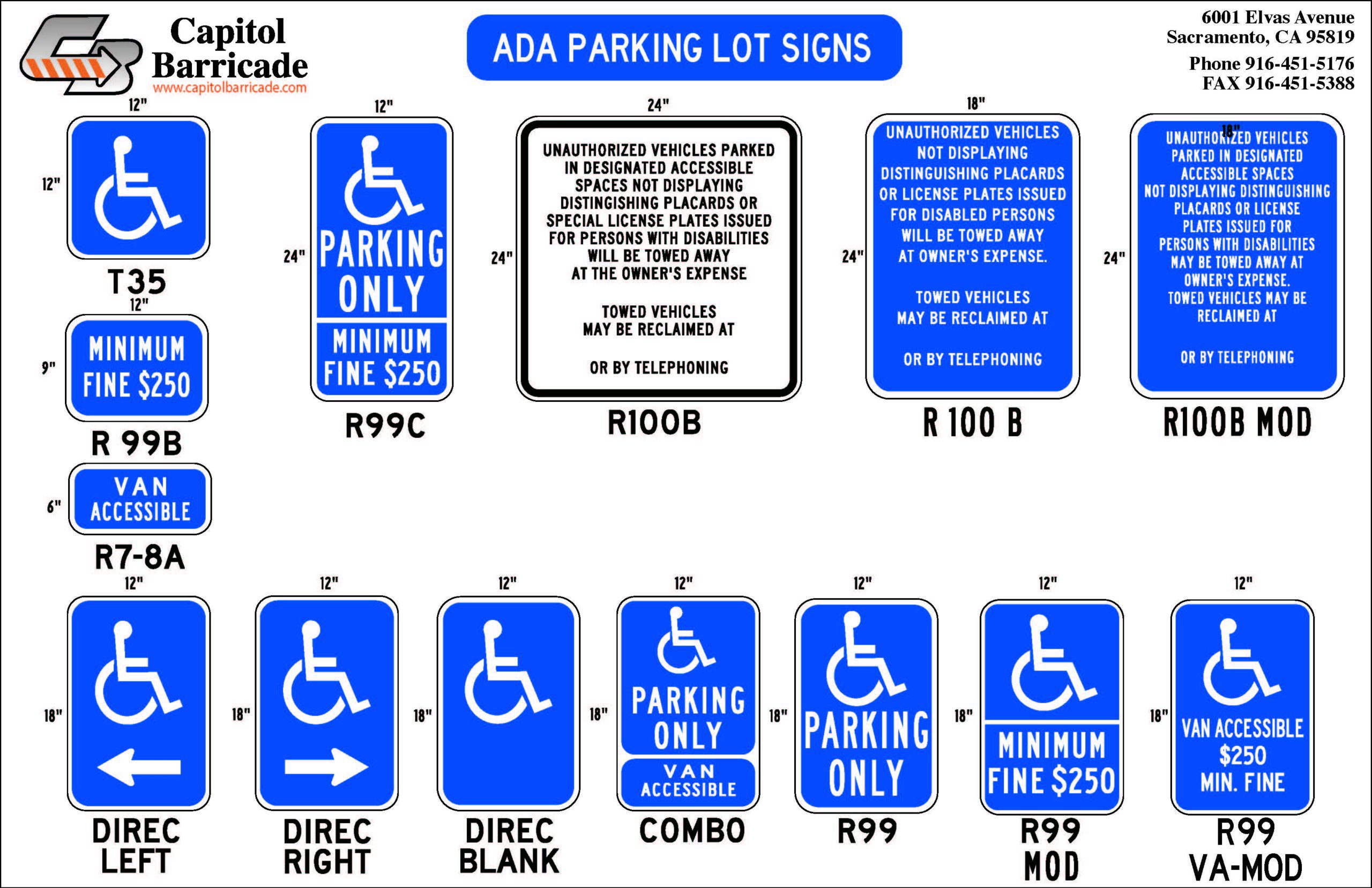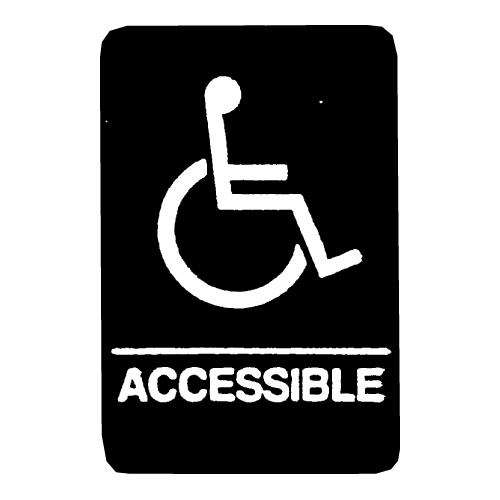The Advantages of Using Premium ADA Signs in Your Business
The Advantages of Using Premium ADA Signs in Your Business
Blog Article
Exploring the Secret Functions of ADA Signs for Enhanced Accessibility
In the realm of availability, ADA signs serve as quiet yet effective allies, ensuring that areas are navigable and inclusive for people with impairments. By incorporating Braille and responsive components, these signs break obstacles for the aesthetically damaged, while high-contrast color systems and legible font styles provide to varied visual demands.
Importance of ADA Compliance
Making certain compliance with the Americans with Disabilities Act (ADA) is important for fostering inclusivity and equal gain access to in public rooms and offices. The ADA, established in 1990, mandates that all public facilities, employers, and transportation services fit individuals with disabilities, ensuring they take pleasure in the very same legal rights and opportunities as others. Compliance with ADA standards not just fulfills legal obligations however likewise enhances a company's credibility by showing its dedication to variety and inclusivity.
One of the key aspects of ADA conformity is the execution of obtainable signage. ADA signs are developed to ensure that people with specials needs can easily navigate with areas and buildings.
In addition, sticking to ADA laws can reduce the threat of lawful effects and possible fines. Organizations that fall short to abide by ADA guidelines might face lawsuits or fines, which can be both destructive and economically burdensome to their public picture. Thus, ADA compliance is essential to fostering an equitable setting for everybody.
Braille and Tactile Components
The consolidation of Braille and responsive components into ADA signage embodies the principles of access and inclusivity. It is typically placed below the equivalent text on signage to guarantee that individuals can access the info without aesthetic support.
Responsive aspects prolong past Braille and consist of elevated personalities and signs. These elements are made to be noticeable by touch, permitting people to determine room numbers, toilets, exits, and various other essential areas. The ADA sets specific standards concerning the dimension, spacing, and positioning of these tactile elements to enhance readability and make sure consistency across various atmospheres.

High-Contrast Color Design
High-contrast color schemes play an essential duty in improving the visibility and readability of ADA signs for individuals with aesthetic impairments. These schemes are important as they make the most of the distinction in light reflectance between message and background, guaranteeing that indicators are quickly noticeable, even from a range. The Americans with Disabilities Act (ADA) mandates the usage of particular color contrasts to accommodate those with restricted vision, making it an essential aspect of compliance.
The effectiveness of high-contrast shades hinges on their capacity to attract attention in numerous lighting problems, consisting of dimly lit settings and areas with glare. Typically, dark text on a light history or light message on a dark history is utilized to attain optimal contrast. Black text on a yellow or white background supplies a raw visual distinction that assists in quick acknowledgment and understanding.

Legible Fonts and Text Dimension
When thinking about the style of ADA signs, the option of clear fonts and proper message dimension can not be overstated. The Americans with Disabilities Act (ADA) mandates that fonts need to be sans-serif and not italic, oblique, script, very ornamental, or of unusual form.
The size of the text also plays a crucial function in availability. According to ADA standards, the minimal text height need to be 5/8 inch, and it should boost proportionally with viewing range. This is especially vital in public rooms where signage needs to be checked out promptly and precisely. this link Uniformity in text dimension adds to a natural visual experience, assisting individuals in browsing atmospheres efficiently.
Furthermore, spacing in between letters and lines is important to readability. Appropriate spacing protects against personalities from appearing crowded, enhancing readability. By sticking to these standards, designers can substantially boost ease of access, making certain that signs serves its desired function for all people, despite their visual capabilities.
Effective Positioning Approaches
Strategic placement of ADA signage is important for making the most of accessibility and ensuring you could check here compliance with legal standards. ADA guidelines state that indications ought to be placed at a height in between 48 to 60 inches from the ground to ensure they are within the line of view for both standing and seated individuals.
Furthermore, indicators need to be positioned surrounding to the latch side of doors to allow simple recognition prior to access. This positioning helps individuals situate rooms and areas without blockage. In instances where there is no door, signs need to be positioned on the nearby surrounding wall. Uniformity in sign placement throughout a center enhances predictability, minimizing complication and enhancing general user experience.

Conclusion
ADA indications play an essential duty in promoting access by integrating functions that deal with the requirements of individuals with handicaps. These elements jointly promote an inclusive environment, highlighting the value of ADA conformity in making sure equivalent gain access to for all.
In the realm of accessibility, ADA signs serve as quiet yet effective allies, making sure that rooms are inclusive and accessible for individuals with handicaps. The ADA, established in 1990, mandates that all public facilities, employers, and transportation services accommodate individuals with handicaps, ensuring they delight in check my reference the very same civil liberties and opportunities as others. ADA Signs. ADA indications are developed to make sure that people with disabilities can quickly navigate with spaces and buildings. ADA standards stipulate that signs must be placed at an elevation between 48 to 60 inches from the ground to ensure they are within the line of view for both standing and seated people.ADA indications play a vital role in advertising access by incorporating attributes that resolve the requirements of people with impairments
Report this page